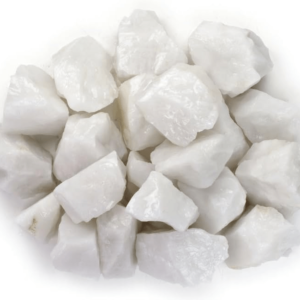Pentedrone (NEP)
Pentedrone (also known as NEP or N-Ethyl-Pentedrone) is a synthetic cathinone compound widely used in industrial chemical synthesis, advanced research, and specialty manufacturing. The Pentedrone (NEP) category at https://realchemstore.org/ features high-purity, industrial-grade pentedrone and related cathinone analogs, available only in bulk quantities for manufacturers, research laboratories, and process engineers. These chemicals are valued for their consistency, versatility, and reliability in pharmaceutical R&D, analytical chemistry, and the production of custom reagents.
Key Types of Chemicals in the Pentedrone (NEP) Category
- Pentedrone (N-Ethyl-Pentedrone, NEP)
- Other cathinone derivatives (e.g., Methylone, Ethylone, 4-MEC)
- Custom analogs for industrial research
Major Applications
- Pharmaceutical Research: Used in neurochemical studies, drug development, and receptor binding assays.
- Chemical Synthesis: Serves as an intermediate for specialty chemicals and custom reagents.
- Analytical Laboratories: Employed as a reference standard, for calibration, and method development.
- Material Science: Contributes to research in new materials and advanced chemical modeling.
Industrial Uses and Examples
- Pentedrone (NEP): Neuropharmacology research, synthesis of analytical standards, specialty chemical production.
- Cathinone Analogs: Used in experimental chemistry, research compound development, and advanced synthesis projects.
Packaging Options
All pentedrone and cathinone products from https://realchemstore.org/ are supplied in secure, industrial-grade packaging such as HDPE drums, vacuum-sealed bags, or amber glass bottles, ensuring safety and integrity for bulk shipments.
Handling Advice
- Store in a cool, dry place away from sunlight and moisture.
- Use appropriate PPE (gloves, goggles, lab coats) during handling.
- Follow all regulatory guidelines for safe storage, transport, and disposal.
- Consult the SDS for detailed safety and handling instructions.
Why Source from https://realchemstore.org/
https://realchemstore.org/ is a trusted supplier for bulk industrial chemicals, providing full batch traceability, compliance documentation, secure packaging, and reliable global delivery for manufacturers, engineers, and research organizations.
Showing all 2 results


